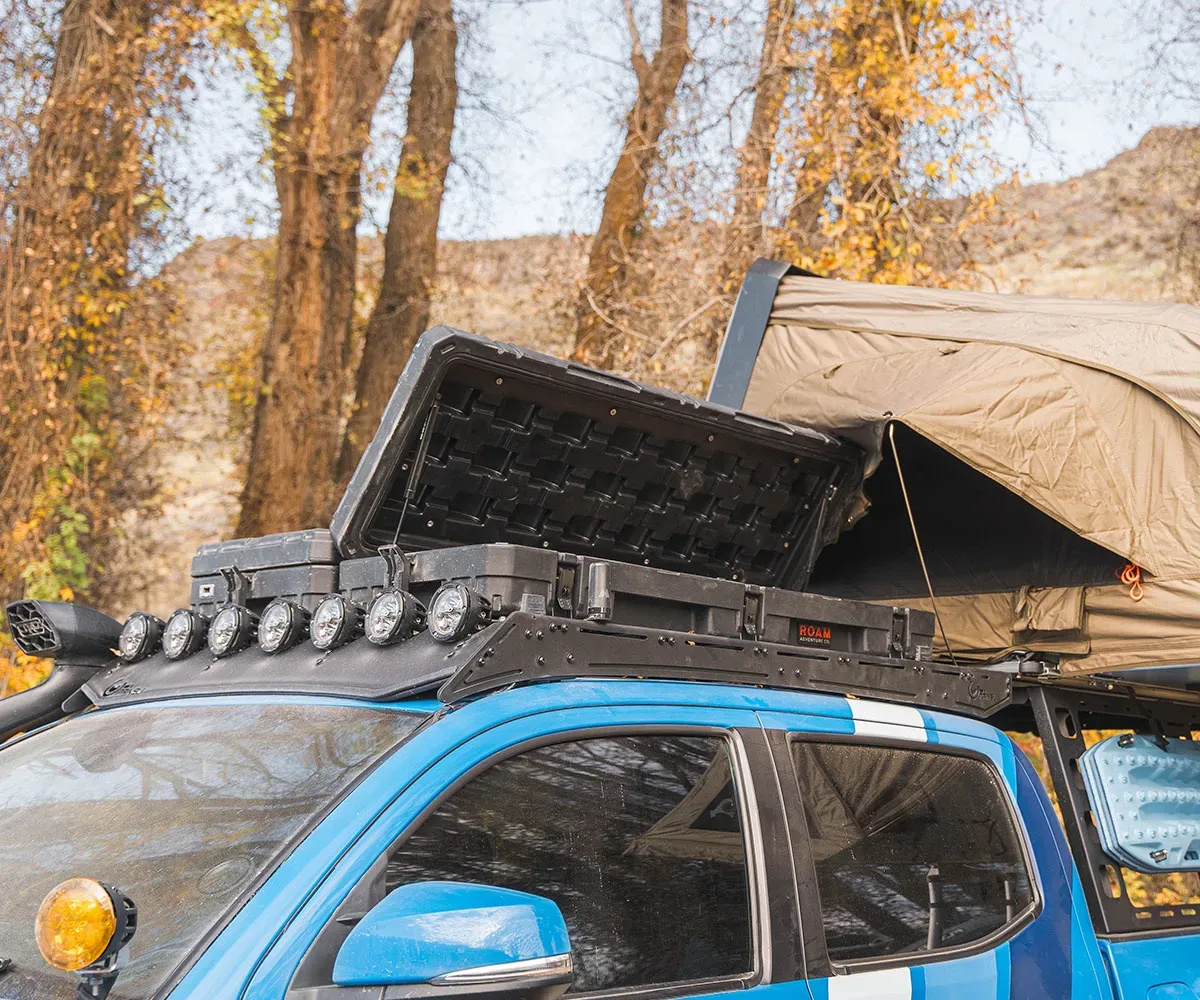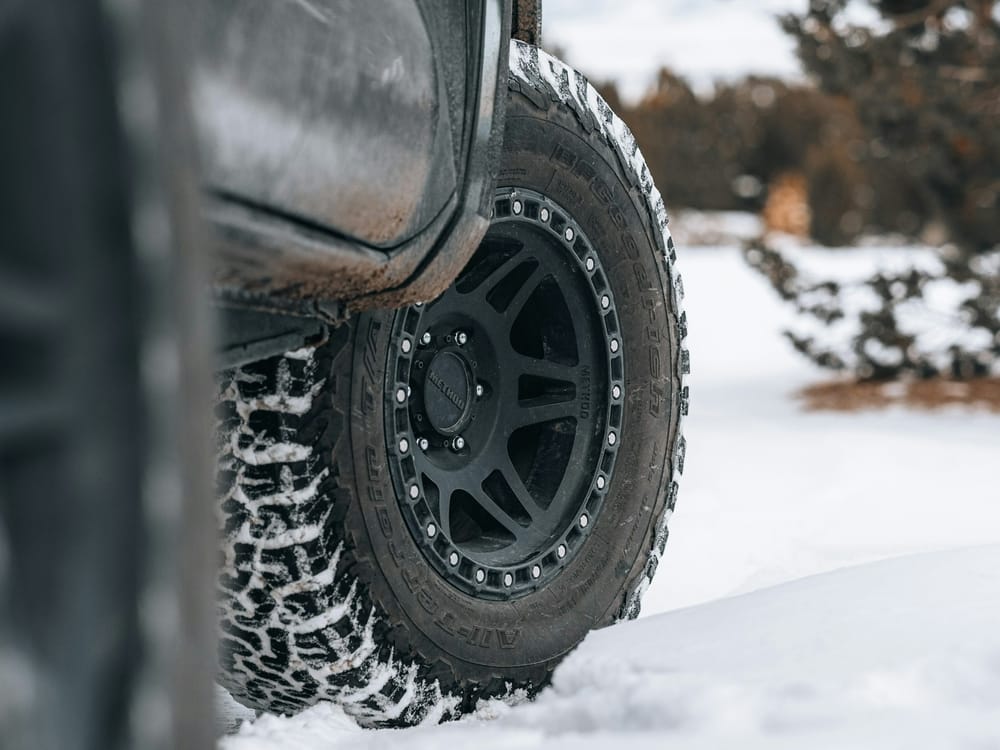This is part of our series: Building an Overland Vehicle: A Complete Guide to Upgrading Your Rig.
When it comes to overlanding, having a capable vehicle is just the beginning. The real magic happens when you transform your rig into a comfortable, convenient mobile basecamp. After all, the goal isn't just to conquer challenging terrain—it's to enjoy extended stays in remote locations. In this section, we'll explore the upgrades that can turn your overlanding vehicle into a home away from home.
Before we dive in, it's worth noting that we won't be covering sleep systems (like roof-top tents, ground tents, or campers) in this article. For more information on those crucial components, check out our dedicated articles here: [INSERT LINKS TO SLEEP SYSTEM ARTICLES].
Roof Racks
For many overlanders, roof racks are the unsung heroes of gear organization.
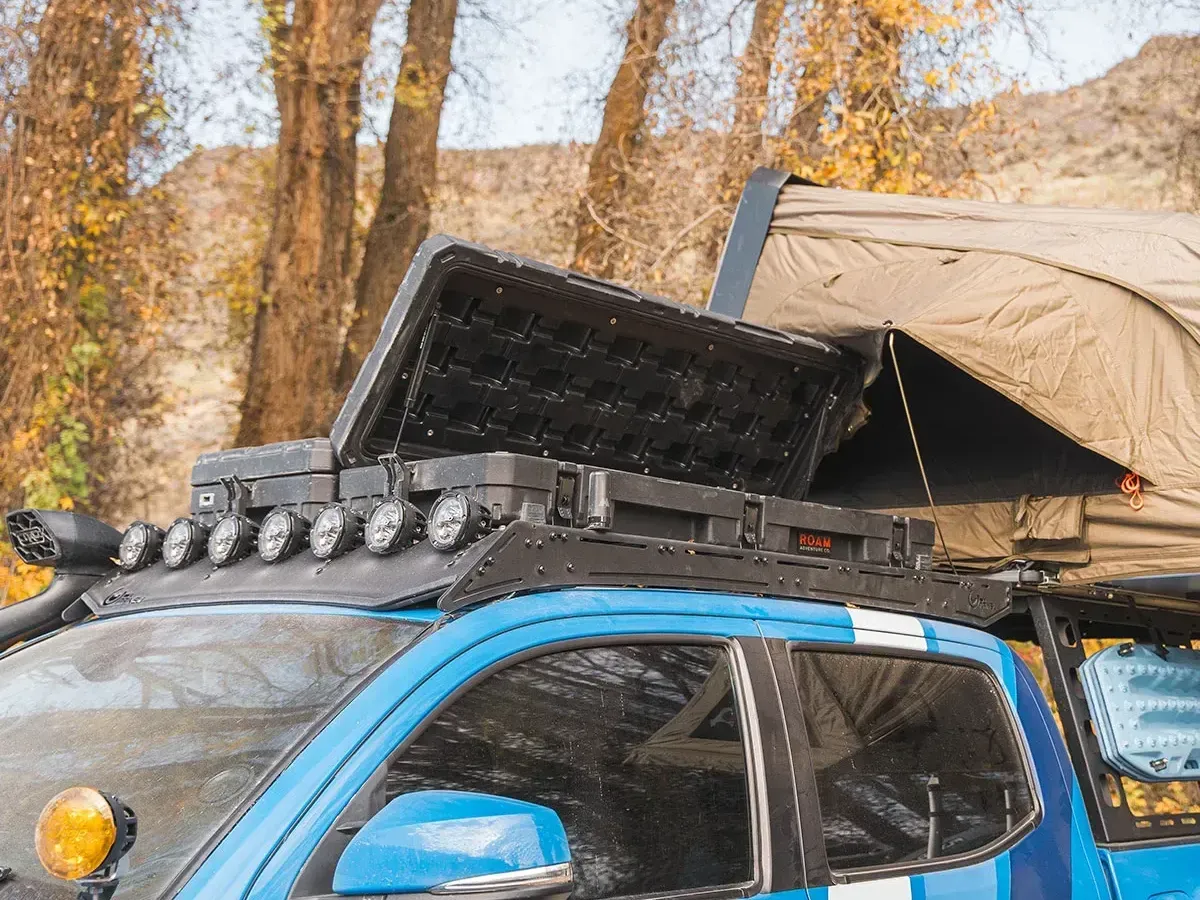
Here's why they're so beneficial:
- Increased storage capacity: Roof racks let you carry bulky items like jerry cans, recovery gear, or extra camping equipment without cluttering your interior.
- Improved interior space: By moving gear to the roof, you free up valuable room inside for passengers and sensitive equipment.
- Versatility: From mounting solar panels to carrying kayaks, roof racks are incredibly adaptable.
When choosing a roof rack, consider:
- Weight capacity: Ensure it can handle your intended load.
- Aerodynamics: Lower-profile racks can help with fuel efficiency.
- Compatibility: Make sure it fits your specific vehicle model.
Some companies, like Front Runner or Rhino Rack, offer full ecosystems of gear designed to work seamlessly with their racks. This integration can be convenient but may limit your options. Others focus on providing a solid foundation, leaving accessory choices up to you. Your decision will depend on your specific needs, budget, and how much you value having a fully integrated system.
Vehicle Storage Solutions
While roof racks handle external storage, internal organization is equally crucial.
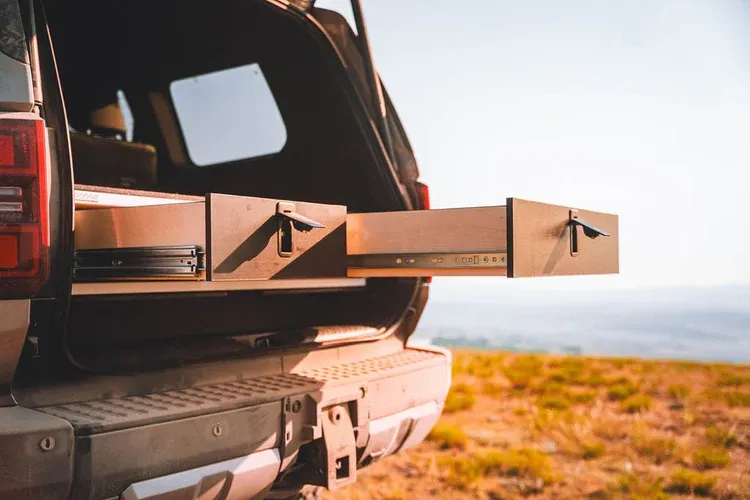
Dedicated storage solutions offer several advantages over loose boxes of gear:
- Improved accessibility: Custom drawers and organizers allow quick access to equipment.
- Better use of space: Purpose-built storage maximizes every inch of available room.
- Increased safety: Secure storage prevents gear from becoming projectiles in case of sudden stops or rollovers.
Popular storage solutions include:
- Seat deletes: Replacing rear seats with storage platforms in vehicles that don't need the extra seating. Great for maximizing cargo space in smaller vehicles.
- Drawer systems: Custom-fit drawers that utilize the cargo area efficiently. Brands like ARB and Decked offer popular options. These are perfect for keeping gear organized and easily accessible.
- Platform solutions: Systems like Goose Gear transform pickup beds or interiors into organized storage spaces with sleeping platforms. Ideal for those who want to maximize the utility of their truck bed or sleep inside their vehicle.
When choosing a storage solution, consider your vehicle type, intended use, and budget. Remember, the goal is to create a system that works for your specific needs and gear.
Lighting Upgrades
Good lighting is crucial for both safety and comfort in overlanding. While massive light bars look cool, they're often overkill. A good set of headlights and fog lights will suffice for most situations. If you frequently drive on pitch-black backroads, a modest light bar or set of auxiliary lights can provide that extra illumination when needed.
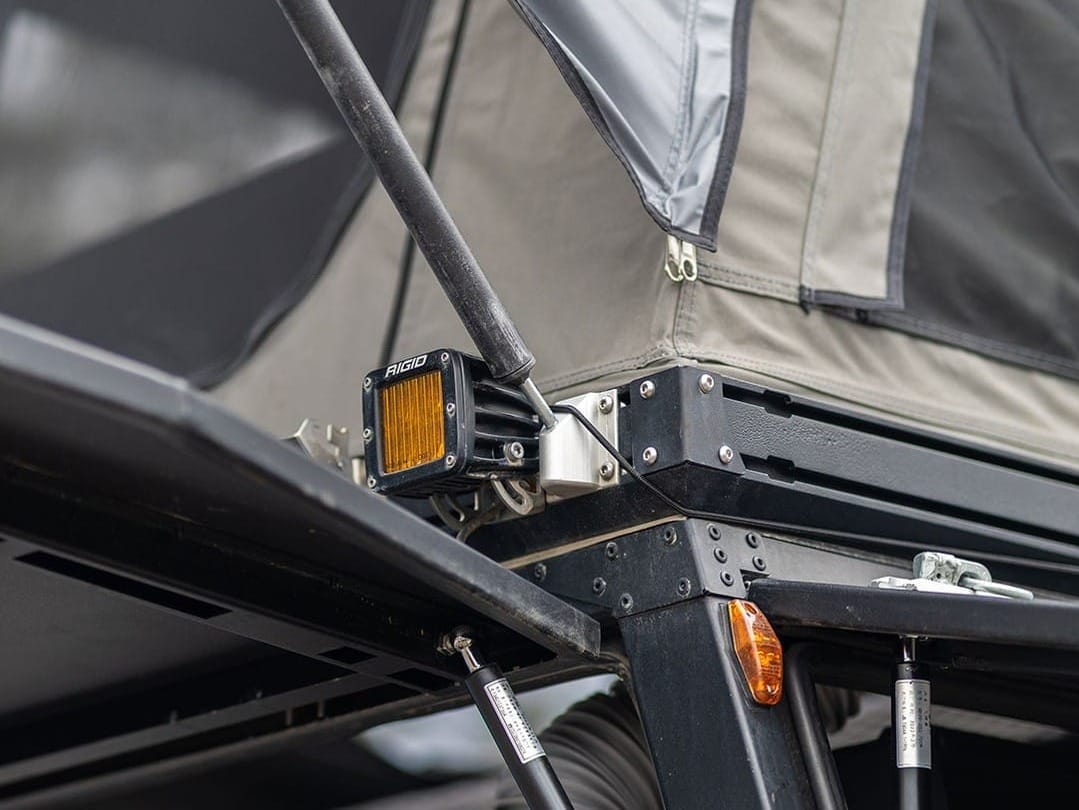
Camp Lighting
This is where you'll likely see more practical use from your lighting upgrades.
Consider:
- Mounting flood lights to your roof rack for broad area illumination.
- Using rock lights (normally installed under the vehicle for off-road use) as subtle, low-level camp lighting.
- Portable LED lanterns or string lights for versatile, cozy camp ambiance.
When it comes to lighting, you often get what you pay for. Cheaper lights might seem attractive, but they often lack durability and output consistency. High-quality lights from reputable brands like Baja Designs or KC HiLiTES may cost more upfront but offer better performance and longevity.
Battery Upgrades
Upgrading your vehicle's battery is often overlooked but can significantly improve your overlanding experience.
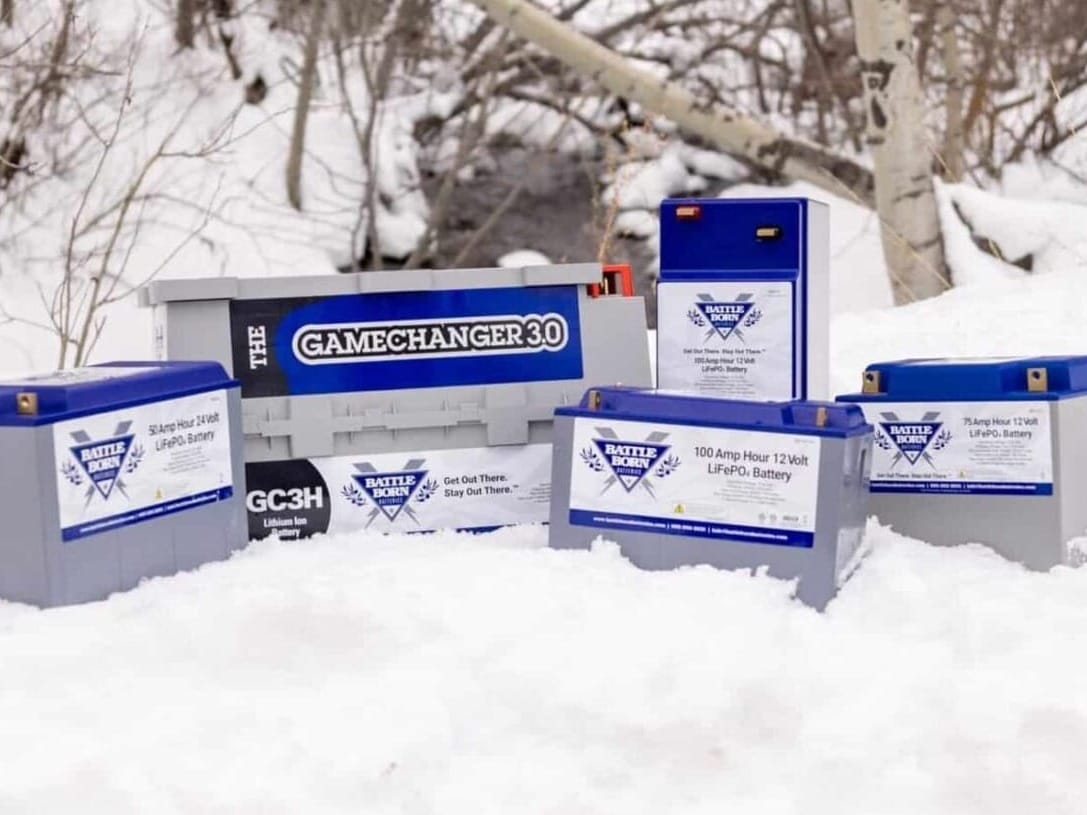
Here's why you might want to upgrade:
- Increased capacity to handle additional electrical loads from accessories.
- Better cold-cranking performance for reliable starts in any weather.
- Improved durability for the vibrations and impacts of off-road travel.
When shopping for a new battery, look for:
- Higher capacity (measured in amp-hours)
- Strong cranking performance (CCA - Cold Cranking Amps)
- Deep cycle capability for running accessories
Consider upgrading your battery terminals as well. High-quality terminals provide better connections and corrosion resistance, ensuring reliable power delivery.
As for where to buy, while chain stores offer convenience, smaller off-road specific brands often provide batteries designed explicitly for the demands of overlanding. Brands like Optima and Odyssey are popular among overlanders for their durability and performance.
Power Systems
For extended trips or heavy power users, a single battery often isn't enough.
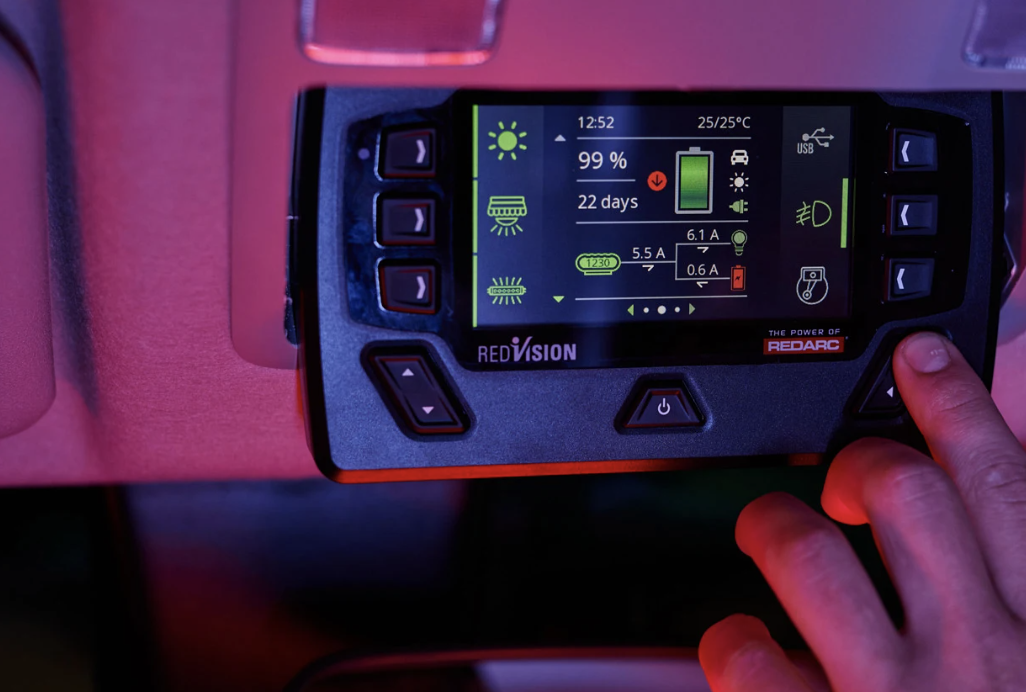
This is where more advanced power systems come into play:
- Dual Battery Systems: Brands like Redarc offer sophisticated battery management systems that automatically charge your auxiliary battery and protect your starting battery.
- Portable Power Stations: Companies like Goal Zero provide flexible power solutions that can be easily removed from the vehicle.
- Secondary Battery Systems: These permanent installations, often using lithium batteries, offer high capacity and fast charging.
These systems are typically recharged through:
- Your vehicle's alternator while driving
- Solar panels (either fixed to your roof rack or portable)
- Shore power when available
For solar, you have two main options:
- Fixed panels: Permanently mounted to your roof rack for constant charging. Brands like Renogy offer slim, durable panels designed for vehicle use.
- Portable panels: Offer flexibility in positioning but require setup at each camp. Goal Zero and Jackery offer popular portable solar solutions.
Don't forget about power management. Inverters convert 12V DC power to 120V AC for running household appliances, while monitoring systems help prevent over-discharge of your batteries. Companies like Victron Energy offer comprehensive solutions for power management and monitoring.
As we wrap up our discussion on comfort and convenience upgrades, it's clear that these modifications can significantly enhance your overlanding experience. They transform your vehicle from a mere mode of transportation into a mobile basecamp, capable of supporting extended adventures in remote locations.
Up next in this series: Communication & Navigation


